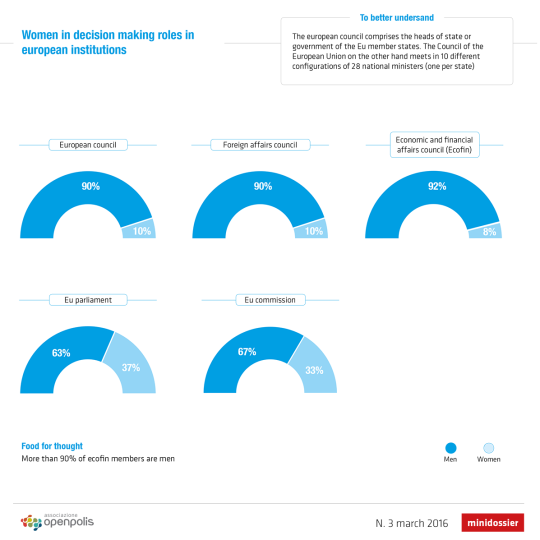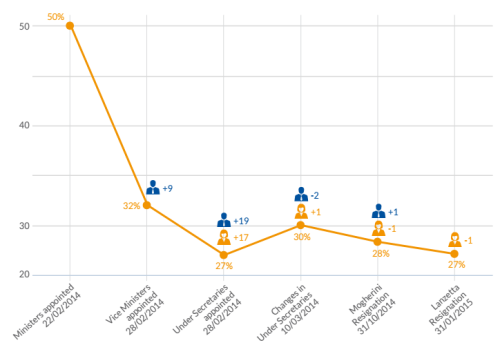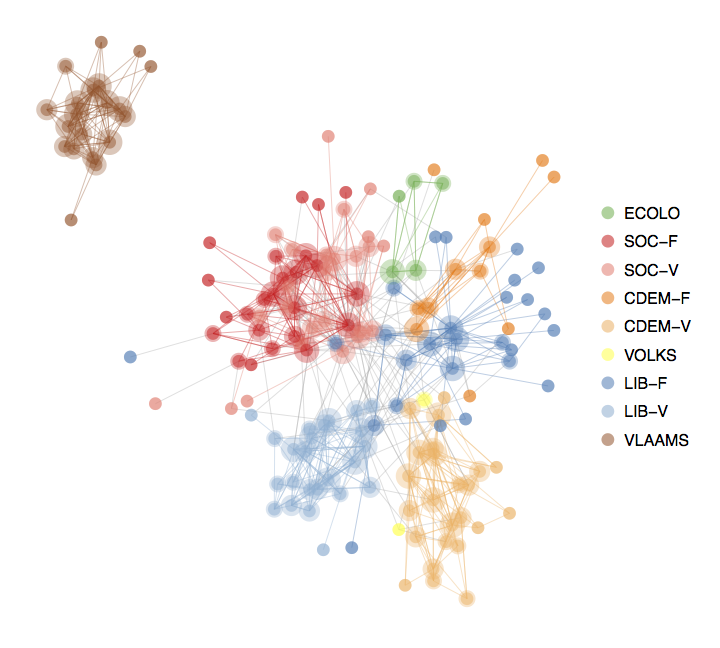
Through quantitative and qualitative elements, we looked at the work of Deputies and Senators of the Italian parliament to assess their political and legislative efficiency. The 2016 edition of the index of parliamentary productivity highlights even more the importance of specific key positions in parliament.
Index of parliamentary productivity. The first release in 2011 was the result of a urgent need to add a qualitative element in the assessment of the activity of elected representatives. Newer editions kept the original structure of the index, while trying to identify the main changes, both political and procedural, that took place with the following grand coalition governments.
The distribution of productivity. There are many points worth mentioning when analyzing the activity of the Italian parliament. First, the distribution of productivity is not homogeneous. Out of approximately 950 members of parliament, the vast majority have a little role in the legislative production of the two chambers. Most of them usually limit their contributions to attendance at voting sessions, an element that is not sufficient to achieve a high score in the index.
The importance of key positions. A high attendance rate does not equal a high score in the index of parliament productivity. What seems to really have an impact is the role or position held in parliament. Through our years of work on the index we discovered that specific key positions have more chances to influence legislative work. We are mainly talking about presidents and vice presidents of parliamentary committees and the chairman of each political group. These people usually end up being spokesmen/rapporteurs for the most important bills being discussed in parliament.
Ranking. The goal of this study is not to determine winners or losers, rather to create tools to better understand how the Chamber of Deputies and the Senate actually work. In this year’s edition of the index of parliamentary productivity, we attempted to further our analysis of key positions, adding to the previous study of single MPs. We calculated the average score of each group, as well as the difference between members that have a key role and those that do not.
Daily updates. The MiniDossier analyzed parliamentary data up until November 21, 2016. The score and general activity of each member of parliament is updated on a daily basis at: www.openparlamento.it.
For more information, please see the parameters used to calculate the index of parliamentary productivity.


